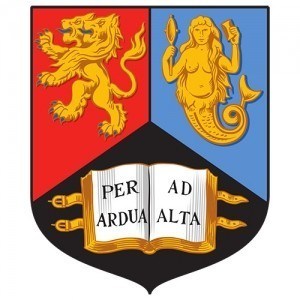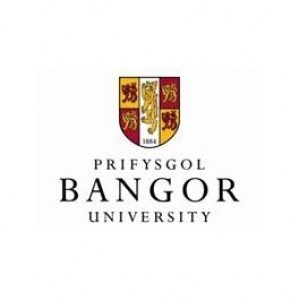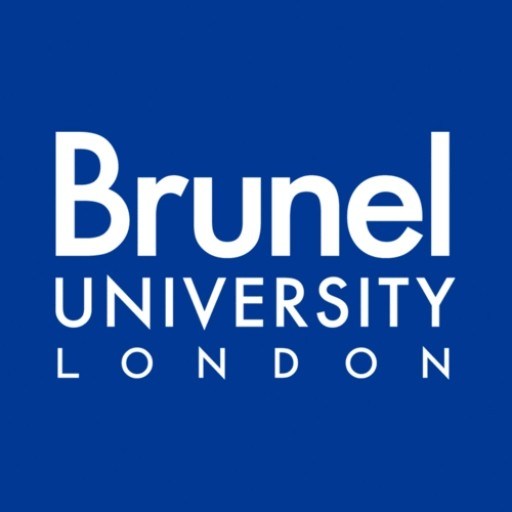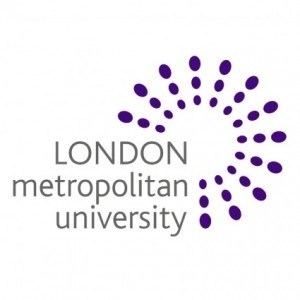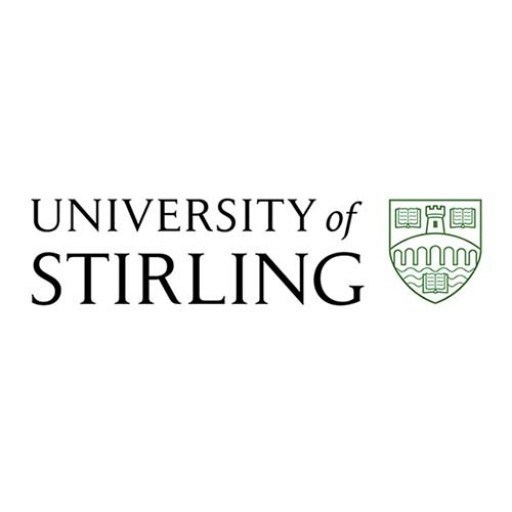Photos of university / #unibirmingham
Description
Advertisement
Earth Sciences is a vibrant research and postgraduate teaching department with staff working on a broad range of research projects.
We undertake research across a wide range of the earth sciences and are always pleased to discuss individual research proposals from students. Past and current PhD students have been and are funded by the research councils, the petroleum industry, the water industry, the European Union, Nirex, the British Council and overseas governments.
Our research groups focus on the following themes:
* Hydrogeology
* Palaeobiology and palaeoenvironments
* Subsurface structure and properties
Contents
Hydrogeology research group
core research programme of the Hydrogeology Research Group is concerned with identifying and quantifying the physical and chemical processes governing the movement and fate of contaminants in groundwater systems.
Two vital aspects of this research are:
* The identification of these processes through existing and new data collection technologies and strategies
* The embedding of the resulting process descriptions in quantitative modelling tools and procedures
The group's focus is on gaining an understanding of contaminant fluxes in the subsurface at those spatial and temporal scales that are relevant to decision-making. It comprises modelling, organic contaminant, inorganic chemistry, microbiology, and technology specialists, together with research staff and students from a wide range of disciplines.
We have excellent facilities, including inorganic and organic chemical analysis instrumentation; colloid analysis instrumentation; surface geophysical survey equipment; pumps, packers, and a wide range of other field equipment; two purpose-built borehole arrays on campus for carrying out solute transport and other experiments; and a wide range of computer hardware and software.
We welcome applications from first-rate students from any relevant discipline, including geology, civil engineering, physics, environmental science, chemistry and mathematics.
Research examples
Examples of recent/current projects in the Hydrogeology Research Group include:
* Upscaling solute transport processes (NERC)
* Upscaling thermo-hydro-mechanical processes (UK Nirex Ltd) Developing process models of sedimentation (and, by inference, permeability) architecture of fluvial/aeolian sandstones (EPSRC)
* Quantifying flow in the immediate vicinity of industrial abstraction wells NERC)
* Role of fracture fill material in solute migration (EPSRC)
* Quantifying recharge through Quaternary fluvio-glacial deposits (NERC)
* NAPL distribution (Environment Agency and industrial funding)
* Virus/colloid migration in sandstones (NERC and EA)
* Developing borehole logging systems for use in seawater intrusion investigations (European Commission)
* Organic containment sorption on sandstone (NERC and industry)
* Organic containment migration through clays (industry)
* Quantification of ion exchange reactions (NERC and industry)
* Quantification of nanoparticle movement in sandstone groundwaters (NERC)
* Assessing groundwater impacts on surface water bodies in urban areas (EA)
* Quantifying urban recharge pollutant fluxes (BC)
* Riveraquifer interactions (EA research fellow)
* Heat storage in groundwater systems (EPSRC and industry)
* In addition a range of overseas projects are in progress considering regional groundwater flow systems, irrigation potential and recharge processes.
For more information contact:
Professor Rae Mackay
Tel: +44 (0)121 414 6142
Email:r.mackay@bham.ac.uk|
Palaeobiology and palaeoenvironments research group
The Palaeobiology and Palaeoenvironments Research Group is one of the largest groups in this field in the UK. Its research spans a wide range of topics, including early vertebrates, Early Palaeozoic invertebrates and problematic taxa, Palaeozoic plants, Mesozoic micropalaeontology, and Tertiary palynofloras and palaeoclimate.
All these themes are united by a common multidisciplinary approach that integrates primary taxonomy with phylogenetic analysis, palaeoecological studies, sedimentology, sequence stratigraphy, isotopic and other geochemical investigations, and electron microscopy.
The group is well equipped with a wide range of palaeontological preparation facilities and microscopy equipment, and utilises the School's stable isotope laboratory and the University Centre in Electron Microscopy. The latter incorporates a comprehensive range of SEM, TEM, environmental SEM and analytical facilities.
A distinctive feature of the Palaeobiology and Palaeoenvironments Research Group is its close working relationship with the Lapworth Museum of Geology, which provides a range of research material for individual projects.
Research examples
Examples of specific projects currently underway in the Palaeobiology and Palaeoenvironments Research Group are:
* An examination of the biodiversity of pre-Silurian vertebrates in Gondwana, which follows on from an earlier detailed study of the same time interval in Laurentia
* The biogeography of early vertebrates and the phylogenetic and macroecological responses to plate tectonic events
The palaeobiology and evolutionary relationships of problematic invertebrate taxa from the Much Wenlock limestone formation of central and western England
* Origin, early evolution and systematic relationships of seed plants, examining the relationships between basal (extinct) seed plant lineages, their ancestors, and their living relatives
* The responses of vegetation at mid and high latitudes to climate warming over different time scales (from 104 to 106 years) during the interval from the Late Paleocene to the Early Eocene, spanning the PaleoceneEocene Thermal Maximum and the Initial Eocene Thermal Maximum.
For more information contact:
Dr Jason Hilton
Tel: +44 (0)121 414 6151
Email:j.m.hilton@bham.ac.uk|
Subsurface structure and properties research group
The core research of this group is in the analysis of seismic data, in particular 3D seismic reflection data, making full use of sophisticated processing, visualisation, and interpretation facilities and extensive investment in a specialised seismic imaging laboratory.
Discoveries and significant advances have been made in understanding the processes of continental rifting and breakup, leading to the formation of rifted margins and basins, the forms and mechanisms of intrusion of magma, the development of volcanic centres, the geometry and mechanisms of growth of faults, fluid-gas escape chimneys, diapiric and fluidisation structures, buried ancient landscapes (seismic geomorphology) and the occurrence and implications of gas hydrates.
Current interests include:
* Fault curvature and fault interaction
* Rifting processes and the evolution of rifted margins
* The formation and structure of Atlantic margin basins
* 3D seismic investigation of gas chimneys
* Seismic characterisation of submarine slopes
* Seismic imaging of buried slides, mud diapirs and hydrate
* Seismic recognition and quantification of gas hydrate
* Emplacement of basaltic sills, dykes and volcanics
* Holocene landscape of the North Sea
The 3D approach is not based solely on 3D surveys but incorporates other kinds of subsurface data, such as the geological and geophysical data from wells, multi-component seismic data that define seismic properties such as anisotropy, other geophysical data including those derived from electrical and electromagnetic surveys, and the validation of models derived from the seismic data by observation of geological structures in the field. The sources of 3D seismic data will continue to be primarily, but not exclusively, from the oil and gas industry. These data sets are becoming increasingly available, often with the commercially sensitive parts removed.
The main resource used by the group is state-of-the-art computer software running on both PC and UNIX hardware in a newly equipped, dedicated seismic imaging facility.
The group also extensively uses the University's Hewlett-Packard Visual and Spatial Technology Centre, a new multidisciplinary research facility laboratory equipped with world-class imaging and visualisation hardware and software.
As well as applications for specific projects advertised through school publicity, we welcome applications from independently funded candidates with interests in any of the fields outlined above.
Applications are also encouraged for the part-time PhD or MPhil degrees from geoscientists in industry looking to boost their research skills and experience. Part-time research degrees can work particularly well where individuals work on datasets provided by the companies for which they work.
For more information contact
Professor Rae Mackay
Tel: +44 (0)121 414 6142
Email:r.mackay@bham.ac.uk
Requirements
PhD: 2.1 (Hons) degree and a Masters in a relevant subject
MSc by research: 2.1 (Hons) degree in a relevant subject
English language requirements
* IELTS 6.5 with no less than 6.0 in any band;
* TOEFL IBT 88 with no less than 20 in any band
English Language Requirements
IELTS band: 6 TOEFL iBT® test: 88
IMPORTANT NOTE: Since April 2014 the ETS tests (including TOEFL and TOEIC) are no longer accepted for Tier 4 visa applications to the United Kingdom. The university might still accept these tests to admit you to the university, but if you require a Tier 4 visa to enter the UK and begin your degree programme, these tests will not be sufficient to obtain your Visa.
The IELTS test is most widely accepted by universities and is also accepted for Tier 4 visas to the UK- learn more.
Want to improve your English level for admission?
Prepare for the program requirements with English Online by the British Council.
- ✔️ Flexible study schedule
- ✔️ Experienced teachers
- ✔️ Certificate upon completion
📘 Recommended for students with an IELTS level of 6.0 or below.
Funding
* Home/EU students £3,950 FT only
* International students £16,230 FT only
Learn more about fees and funding
Scholarships and studentships
We are eligible to receive studentships from the Natural Environment Research Council (NERC), and the Engineering and Physical Sciences Research Council (EPSRC), We also offer a number of our own postgraduate studentships, available to both home and overseas students.
International students can often gain funding through overseas research scholarships, Commonwealth scholarships or their home government.
